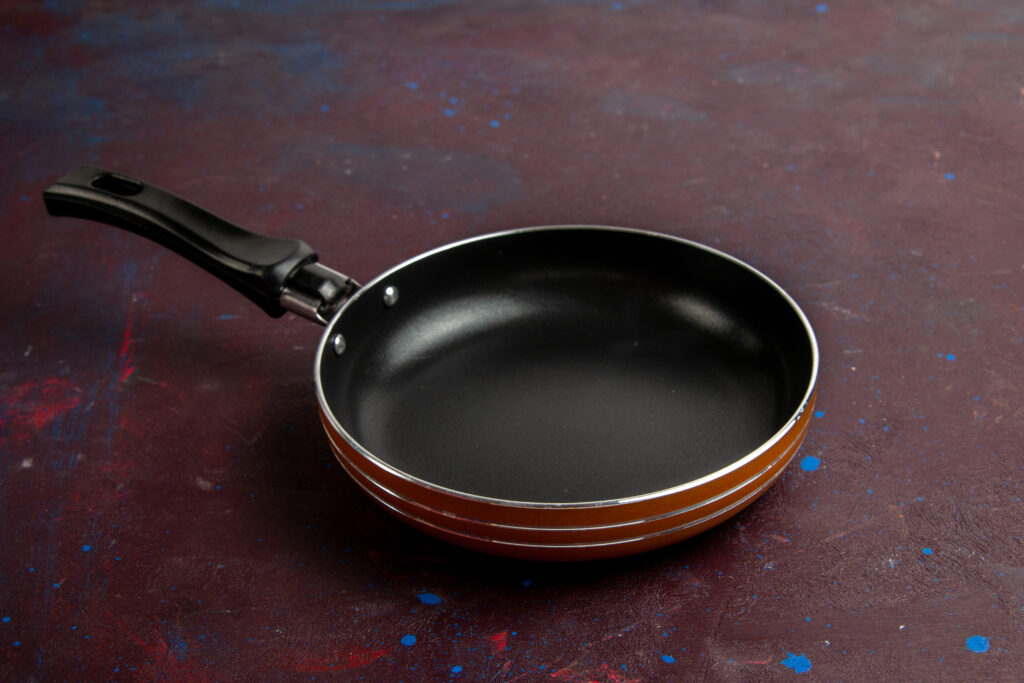Fukuro Malaysia
caring tips

Is Old Kitchenware or Cookware Still Worth Using?
When it comes to kitchenware and cookware, many people find themselves wondering whether it’s worth holding on to old pots, pans, and utensils or if it’s time for an upgrade. While there’s no doubt that newer cookware often boasts advanced features, some older kitchen items can still serve you well. However, there are factors to consider before deciding whether to keep or replace your old kitchenware.
Step:
1. Durability and Quality of Older Cookware
Some older cookware, especially stainless steel cookware or high-quality cast iron pans, can last a lifetime if maintained properly. Brands that focused on craftsmanship in the past, like Le Creuset or All-Clad, are known for their durability and may be worth holding on to if they are still in good condition.
Pros: Cookware made in the past often has a sturdier build, especially cast iron pans, which improve with age and develop a natural seasoning over time.
Cons: Older cookware may lack the advanced non-stick coatings or heat distribution properties of newer pans, leading to uneven cooking.
2. Safety Concerns
Older cookware may have been made with materials that are now considered unsafe. For example, many older non-stick pans contained PTFE (polytetrafluoroethylene) or PFOA (perfluorooctanoic acid), chemicals that have raised concerns due to their potential health risks when overheated. Similarly, some older aluminum cookware may not have the protective coatings found in newer models, potentially reacting with acidic foods.
Pros: Older stainless steel cookware and cast iron are typically safe, as they don’t contain harmful chemicals.
Cons: Non-stick or old aluminum pans may need to be replaced due to potential health risks.
3. Performance of Non-Stick Cookware
Non-stick cookware, often a favorite in many kitchens, loses its non-stick properties over time. If your old non-stick pan has lost its coating or is showing signs of chipping or flaking, it’s a good idea to replace it, as it can affect food quality and may release toxins when overheated.
Pros: If your old non-stick cookware is still in good shape, it can be an excellent tool for easy cleaning and low-fat cooking.
Cons: Over time, the non-stick coating can degrade, leading to food sticking and possible health hazards.
Step:
4. Cookware Maintenance
Many older cookware items, particularly cast iron skillets, require regular maintenance but can provide superior cooking results. A well-seasoned cast iron pan can become a treasured kitchen item that only improves with use. However, other older items like pots and pans with worn-out handles or damaged lids may need to be replaced for safety and efficiency reasons.
Pros: Regular care and seasoning can keep older cookware, like cast iron, performing at a high level for decades.
Cons: Older cookware with damaged handles or cracked lids can be a safety hazard.
5. Modern Features
Newer cookware often comes with features such as ergonomic handles, advanced non-stick coatings, and compatibility with induction cooktops. If your older cookware doesn’t offer these features, it might be worth considering an upgrade for convenience and efficiency.
Pros: Newer cookware often comes with more user-friendly features, such as non-stick pans in Malaysia that are more resistant to wear and tear.
Cons: Old cookware doesn’t offer the modern features or energy efficiency that newer models do.
6. Sentimental Value
Some kitchenware, particularly family heirlooms, may hold sentimental value even if it’s old and no longer functions perfectly. These items may not be used daily, but they often have a special place in your kitchen and heart. Whether it’s a kitchen knife Malaysia passed down through generations or a vintage Dutch oven, these pieces can be cherished for their history and the memories attached to them.
Pros: Old kitchenware with sentimental value can make your kitchen feel more personal and meaningful.
Cons: If it’s not usable anymore, it’s more of a decorative item than a functional piece.

